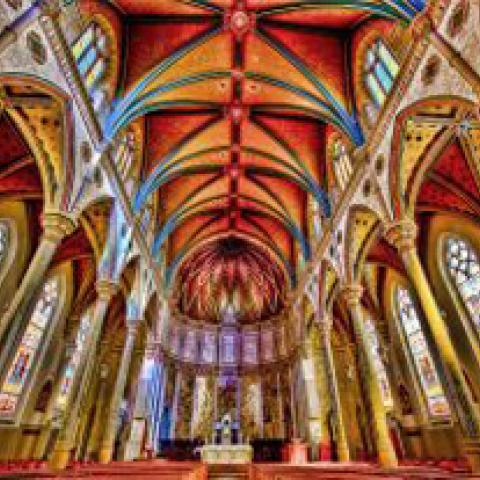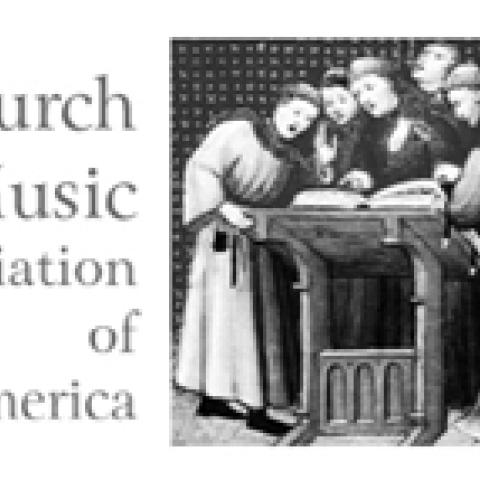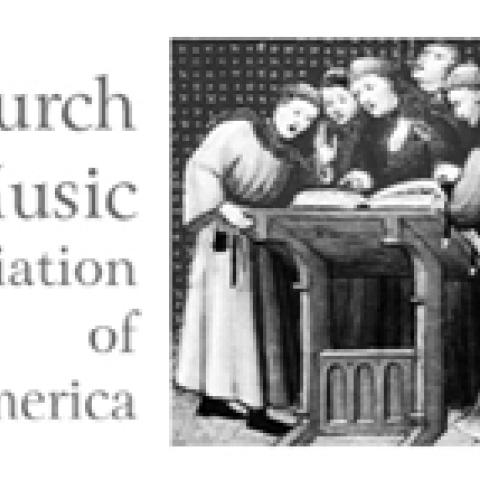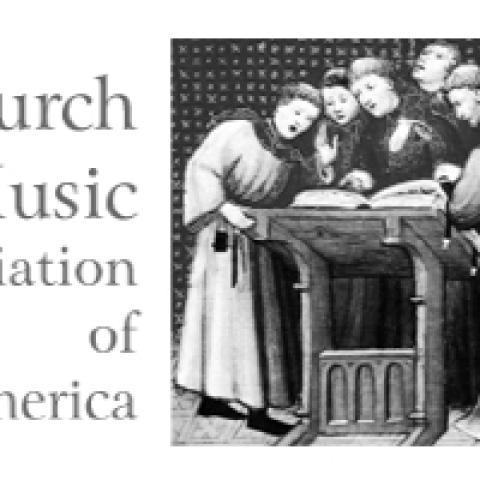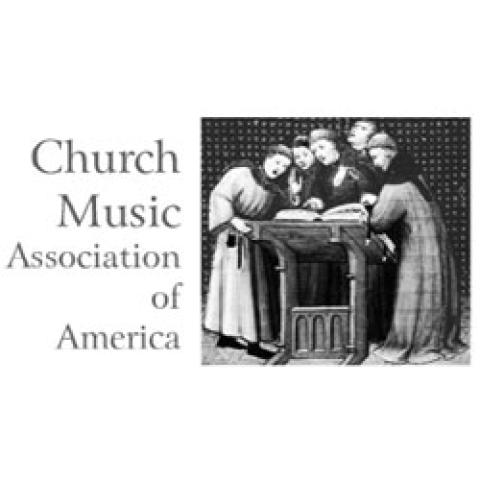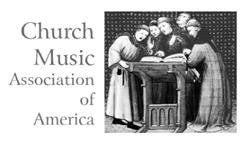
The Church Music Association of America Winter Chant Intensive will be held January 3–4, 2014, at St. Clare of Assisi Catholic Church in Surprise, Arizona.
This year’s intensive includes two separate tracks for intermediate to advanced chanters who are interested in furthering their studies of the Gregorian modes or developing their skills conducting chant (chironomy).
Faculty includes Jennifer Donelson and Edward Schaefer.
For information: musicasacra.com.

